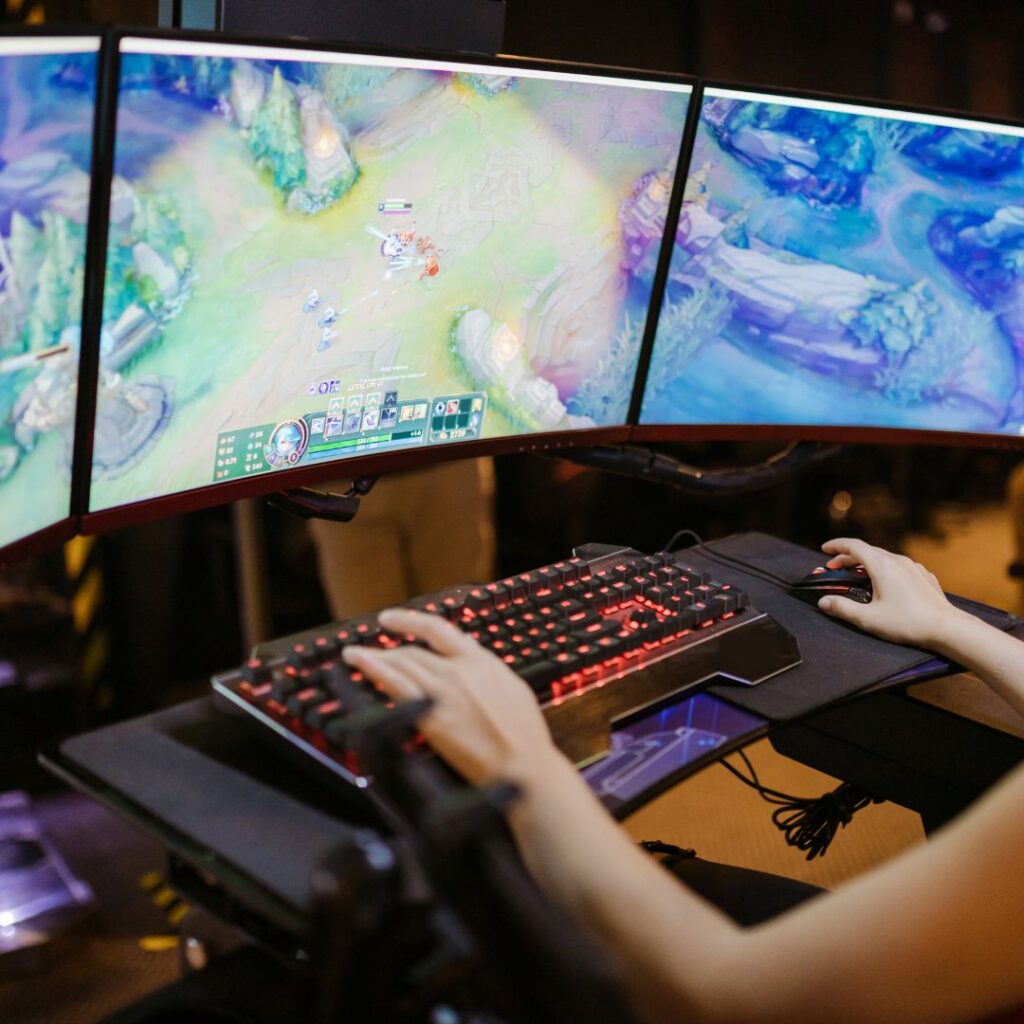The Real Business of Game Skins: Why Players Spend So Much on Looks

Introduction: The Economic Allure of Game Skins
From the moment you log into your favorite online title, Game Skins capture your attention. This focus keyword is more than just a trend—it represents a multibillion-dollar market that has reshaped how players interact with their digital environments. While many gamers initially dismiss cosmetic items as mere visual upgrades, the reality is that it have evolved into a symbol of status, personalization, and even social capital. In this article, we’ll delve into the real business behind , explore why players are willing to spend substantial sums on appearance alone, and discuss how this market continues to expand despite criticisms.
The Rise of Cosmetic Customization
Over the past decade, the gaming industry has witnessed an exponential growth in the popularity of Game Skins. Originally, these cosmetic items were simple alterations to a character’s look, but today they have become a core part of game design and marketing strategies. Game developers now release seasonal or limited-edition that drive user engagement and increase game longevity. With constant updates and exclusive collections, players returning to the game, eager to showcase their unique style. This customization trend not only enhances the aesthetic experience but also provides a lucrative revenue stream for developers.
The Business Behind Game Skins
At its core, the Game Skins market is a sophisticated blend of economics, psychology, and digital craftsmanship. Game developers and publishers have turned virtual items into valuable commodities by creating scarcity and exclusivity. When a new collection of Skins drops, players scramble to purchase them, often at premium prices. In many cases, these digital items are traded on secondary markets for real money, blurring the line between virtual currency and actual economic value. The business model thrives on the idea that players are not just buying aesthetics—they are buying a piece of the game’s identity and culture. Moreover, microtransactions involving Skins have become so prevalent that they now form a significant part of a game’s overall revenue.
Player Psychology and Social Identity
One of the most intriguing aspects of Skins is how they impact player psychology. For many gamers, their in-game appearance is a form of self-expression. When a player purchases a unique Game Skin, they are making a statement about their personality, style, and even social status within the gaming community. This social signaling is especially potent in competitive and multiplayer environments, where standing out from the crowd can boost a player’s confidence. The desire to be seen as unique and trendsetting has made Skins more than just cosmetic upgrades; they have become integral to a player’s digital identity.
The allure of Game Skins is compounded by the element of chance and exclusivity. Special events and limited-run skins create a sense of urgency among players. As a result, the phrase Game Skins resonates repeatedly throughout discussions on gaming forums, social media, and even in casual conversations among friends. In one notable case, a particular rare Game Skins drop became a true Gaming Sensation, sparking viral interest across multiple platforms.
Market Trends and Consumer Behavior
In recent years, market trends indicate that the appetite for Game Skins shows no sign of waning. Developers are continuously innovating, introducing interactive skins and even animated Game Skins that change based on gameplay performance. This innovation not only enhances the visual experience but also creates additional layers of engagement for players who seek both style and substance.
Consumer behavior in this arena is fascinating. Many players treat their in-game appearance as an extension of their real-world personality. They are willing to invest considerable sums to maintain a certain look or to differentiate themselves from others. This phenomenon has given rise to online marketplaces where Game Skins are bought, sold, and traded like collectible items. In these ecosystems, the value of Game Skins can fluctuate dramatically, influenced by factors such as rarity, design, and overall demand.
Challenges and Controversies

Despite the booming success of the Game Skins market, it is not without its controversies. Critics argue that the emphasis on cosmetic purchases can lead to a form of digital consumerism that overshadows the core gameplay experience. Additionally, concerns have been raised about the potential for gambling-like mechanics, as some Game Skins are obtained through randomized systems. Such issues have prompted regulatory discussions in various regions, highlighting the need for transparency in how these digital items are marketed and sold.
Nevertheless, the impact of Game Skins on both player experience and industry revenue cannot be ignored. The continuous presence of Game Skins in discussions, advertisements, and in-game promotions ensures that the keyword remains a central part of the conversation about modern gaming economics.
Conclusion: The Future of Game Skins
In conclusion, the thriving market of Game Skins is a testament to the evolving dynamics of the gaming industry. The real business of Game Skins lies not only in the revenue they generate but also in the way they empower players to express their individuality and social identity. As games become more immersive and integrated with digital communities, the role of Game Skins is likely to expand further, influencing both the design of future titles and the economic models behind them.
Ultimately, while the controversy surrounding microtransactions and cosmetic items continues, the undeniable allure of Game Skins will persist. For both players and developers, Game Skins remain a compelling focal point in the intricate relationship between art, commerce, and interactive entertainment.
